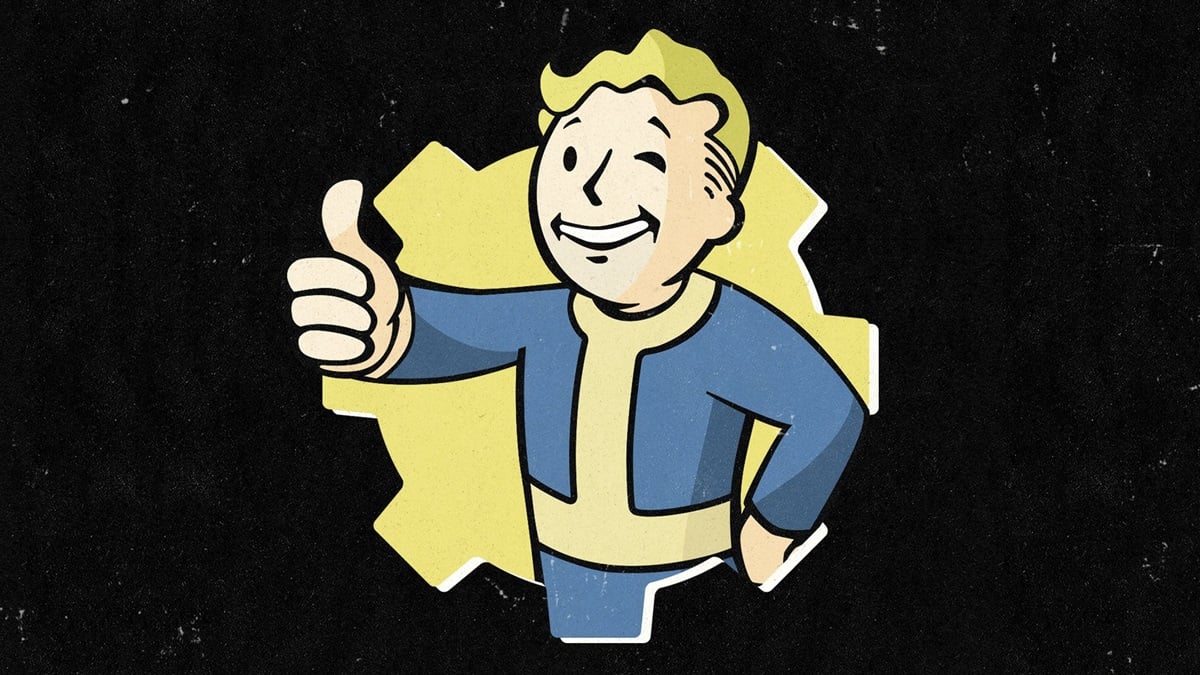We’ve all heard the technical babble on how the PlayStation 3 is such a powerful machine. But, we’ve also heard what a bitch it is to develop for. There’s a lot of misinformation floating about and actually trying to nail down some truth seems harder to find than bigfoot. Next-Gen spoke with a developer, High Moon chief technical officer Clinton Keith, on just what the PS3 and Cell really have to offer. Here are the interesting tidbits:
Next-Gen: Now you describe [the PS3] as “radically different,” but can you elaborate on that more? Just how radical is the PlayStation 3 compared to even its contemporaries like Xbox 360 [note: High Moon is also working on an Xbox 360 title] or other systems?
Keith: Well, in comparing it directly to the Xbox 360, you know the Xbox 360 has three general purpose processors in it. But they’re more like the typical processors that you might see in a PC or Macintosh… With the big general purpose processors, we can write the software traditionally the way we’ve done it in the past, so we don’t have to change things so much.
What Sony did was the Cell processor is it really embeds about seven processors, one of those being the general purpose core and the other six being these real dedicated specific-use type of processors that are extremely fast. But seeing that they’re not general purpose, they’re a little bit more challenging for programmers to get under control and to write software for.
With these Cell processors and these small processors called the SPEs, we really have to not only write software different but we have to think about how we’re solving problems in a completely different light.
More after the jump.
Once those complexities are unwound, how dramatically will the PS3 development environment change?
This is what we’re looking forward to that in eight years down the road, as Sony said they want this machine to be around for the remainder of the decade… Right now, the games you’re seeing come out are using engines that are more in the traditional way of creating games, which is that your engine architecture has access to all the other parts of the engine itself. With the PlayStation 3, we’re going to have to figure out how to divide up these things up so that they’re much more separate.
[We’ll have to] explore things such as “procedural synthesis,” which really has exciting potential on the PS3. Rather than creating all these environments and all these behaviors by hand, now we’ve got a lot of this power, [so] we can come up with ways that the processor can create environments and create artificial intelligence rules that kind of emerge with gameplay and adjust to the gamers’ input, so we can have a lot more variety. That could interest somebody with the concerns of the rising cost of development.
When will developers be able to fully realize the PlayStation 3’s power?
That’s something that we’re trying to discover right now. I think that there are games out there that no one’s ever seen before. I call them sandbox games where—take one of my favorite games, which is the Battlefield series—where you get to play with dozens of people online in a large environment with lots of explosives. The thought I have is that every time you play those levels, those levels are the same. They stay the same and they never change.
What I’d love to do is I’d love to play in an environment that changes over time, that if there’s a building where the snipers are hiding in, you can make a big hole in that building and it stays that way for awhile. To do that believably without creating a ton of assets, we’re going to have to mimic real life and real physics. I think that’s the potential for what the Cell processor can do. It can crunch a huge number of calculations if those environments are built correctly [and] if we figure out how these SPEs work. I think [we’re] in the generation to start figuring that stuff out, so we’re trying to bootstrap that and trying to experiment with those things and see what’s possible.




